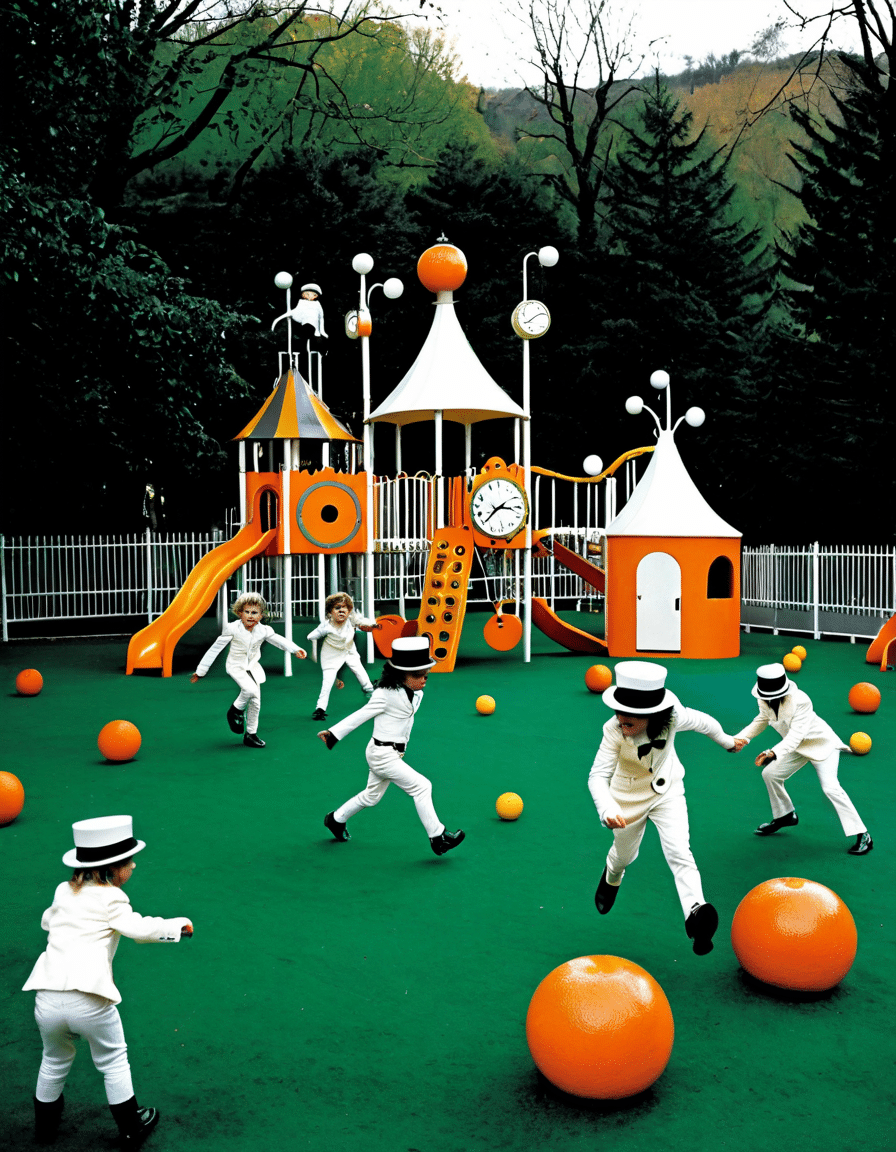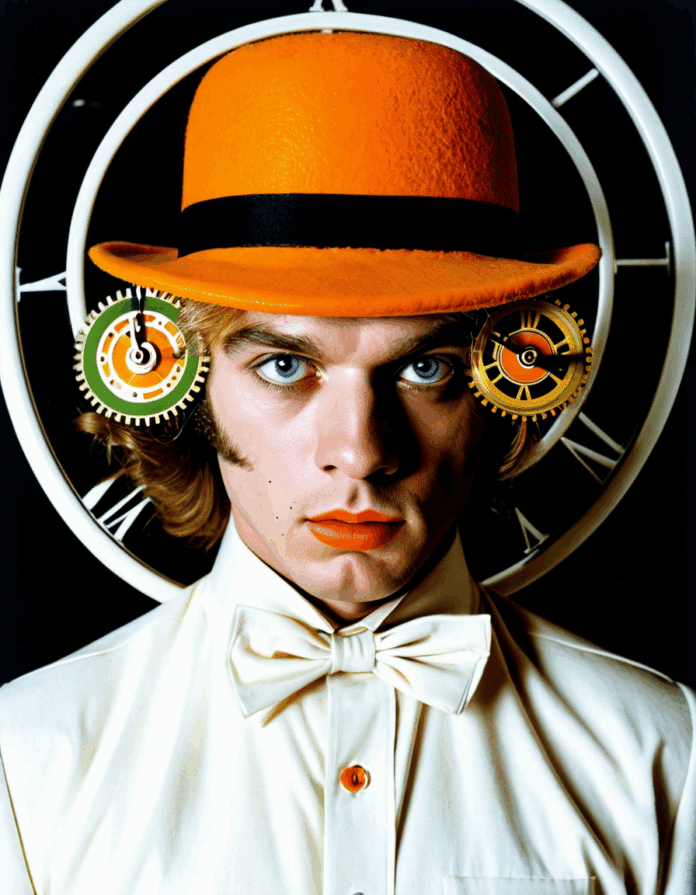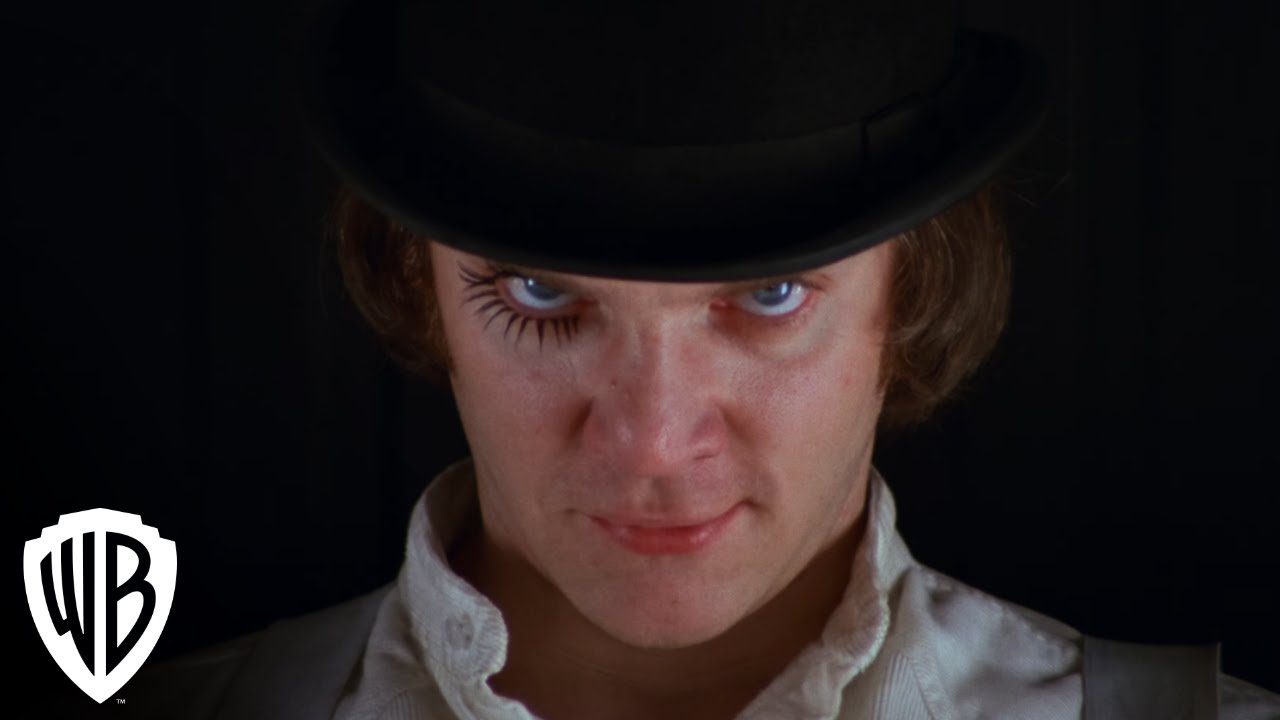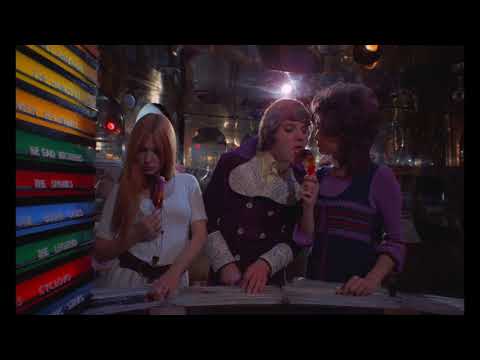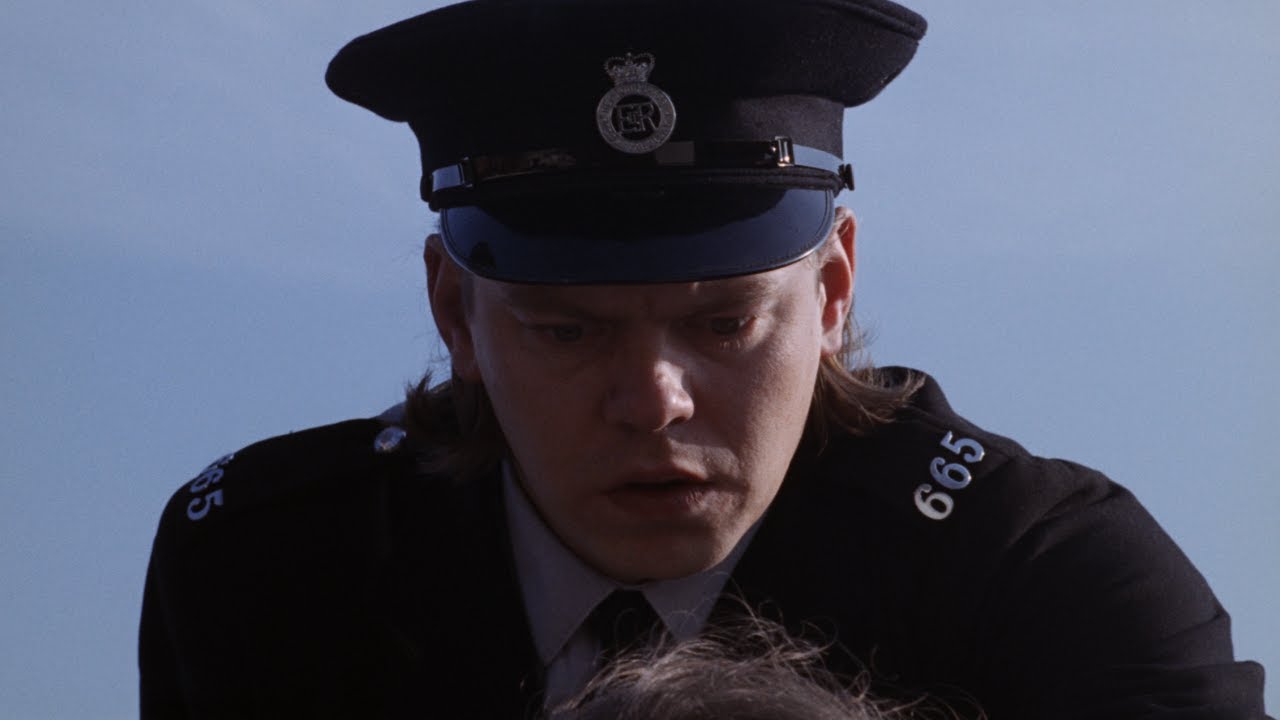In 2026, Stanley Kubrick’s groundbreaking film “A Clockwork Orange” continues to resonate as a compelling analysis of morality, free will, and societal structures while being intertwined with a provocative sense of humor. This complex interplay between dark themes and humor offers a lens through which audiences can explore the absurdities of violence, conformity, and authority. As we dive into the outrageous, often uncomfortable territory of Clockwork Orange, let’s shine a light on how humor shapes its legacy and ongoing relevance.
The film launched a thousand conversations, sparking debates not just about methodology but about core human values. Kubrick wasn’t just aiming for shock value; he was poking fun at the very fabric of society. It’s downright fascinating how the juxtaposition of humor and brutality invites us to think outside the box, asking questions we often don’t want to face.
So, how does this darkly comic lens challenge our conventional understandings of humor and moral boundaries? This article takes a closer look at the Clockwork Orange experience and how humor serves to critique societal norms.
Top 5 Ways A Clockwork Orange Uses Dark Humor to Challenge Societal Norms
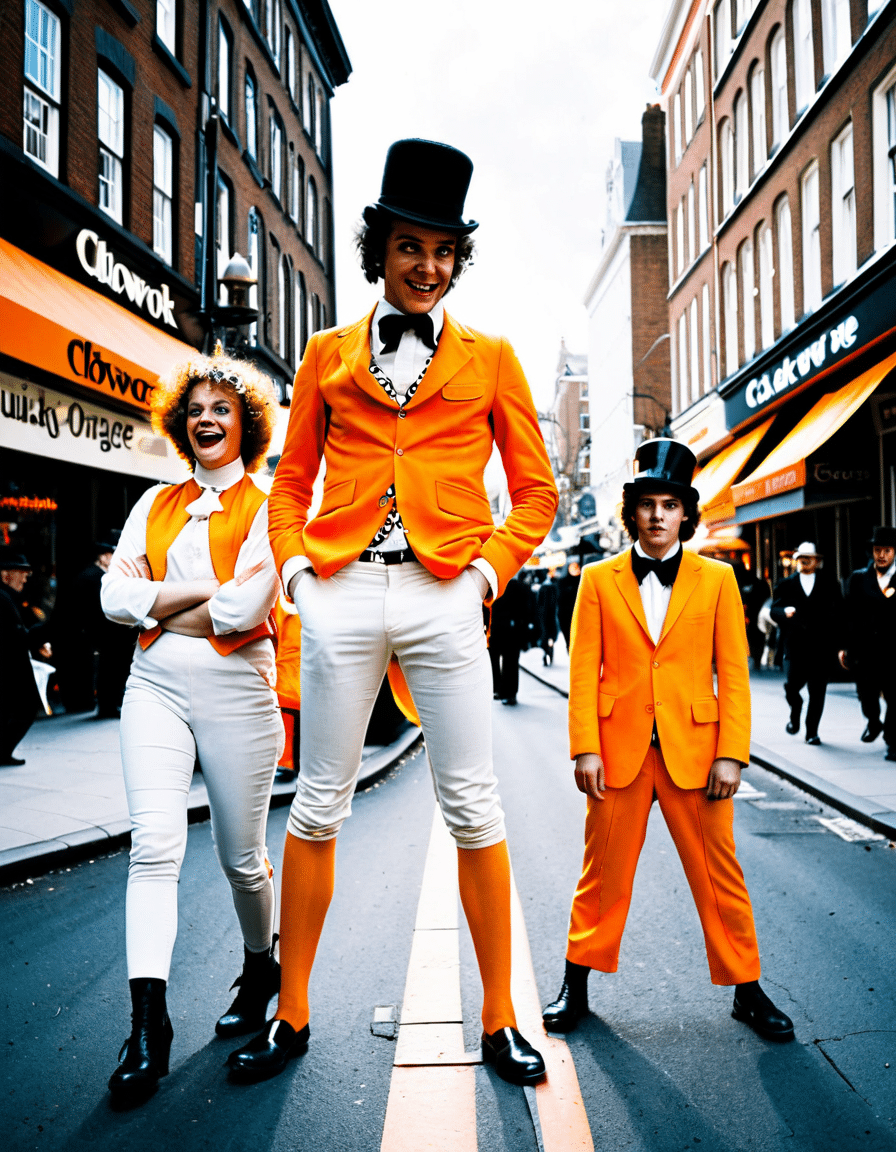
1. Satirical Commentary on Violence
“A Clockwork Orange” is notorious for its unflinching portrayal of violence. Yet, it contrasts these scenes with jarring humor, which highlights the absurdity of the extreme actions portrayed. Characters like Alex DeLarge pepper their brutality with outrageous jokes, creating a dissonance that forces us to examine our relationship with violence. The operatic soundtrack accompanying these moments injects irony, prompting audiences to grapple with their reactions to the shocking events unfolding on screen.
2. Absurdity of Language and Slang
The film introduces a unique slang called “Nadsat,” transforming everyday language into something nearly comedic amidst the chaos. Words like “Gulliver” to mean head add a touch of absurdity that encourages viewers to reflect on how language can both empower and alienate. Speaking in this bizarre slang reflects the characters’ disconnection from reality, making even the most violent actions appear almost farcical. Kubrick uses this language play to blur the lines between comedy and horror.
3. The Humorous Representation of Authority Figures
Kubrick creates authority figures, like the prison rehabilitators and police, as caricatures rather than true representatives of law and order. For instance, the character Mr. Alexander embodies the pretentious elite, becoming a figure of ridicule as he woefully fails at reconditioning Alex’s behavior. His comedic ineptitude lays bare the folly of a system that believes it can impose order through sheer will and intellect.
4. Juxtaposition of Clashing Ideals
One of the film’s standout features is its ability to juxtapose moments of extreme brutality with scenes of subtle, dark humor. Take, for example, the bizarre sing-alongs at the Korova Milkbar. These surreal, upbeat moments starkly contrast with the film’s violence, transforming potentially grim scenarios into comedic episodes. This unsettling contrast ultimately critiques the nature of happiness in the face of darkness, disrupting the viewer’s comprehension of joy and despair.
5. Cultural References as Irony
“A Clockwork Orange” employs art and music as cultural touchstones to create an ironically humorous backdrop against violent acts. The frequent use of Beethoven’s Ninth Symphony during shocking scenes ridicules the notion that beauty can elevate evil actions. This playful contradiction challenges viewers to contemplate the relationship between culture, morality, and the human experience—forcing a dialogue between elegance and chaos.
How A Clockwork Orange Compares to Other Classic Films
While A Clockwork Orange stands as an unparalleled masterpiece in its blend of dark humor and societal critique, films like “The Little Mermaid” offer a contrasting viewpoint. Where Clockwork Orange uses humor to confront uncomfortable truths, The Little Mermaid relies on light-hearted storytelling and whimsical charm to provide an escape from the blues of reality.
Dark Humor and Satire in Comparative Analysis
Although both films tackle life’s intricacies, their philosophical approaches sharply contrast, with humor showing drastically different roles. While A Clockwork Orange nudges viewers toward discomfort, The Little Mermaid succeeds in offering light-hearted joy that wraps them in warm nostalgia and comfort.
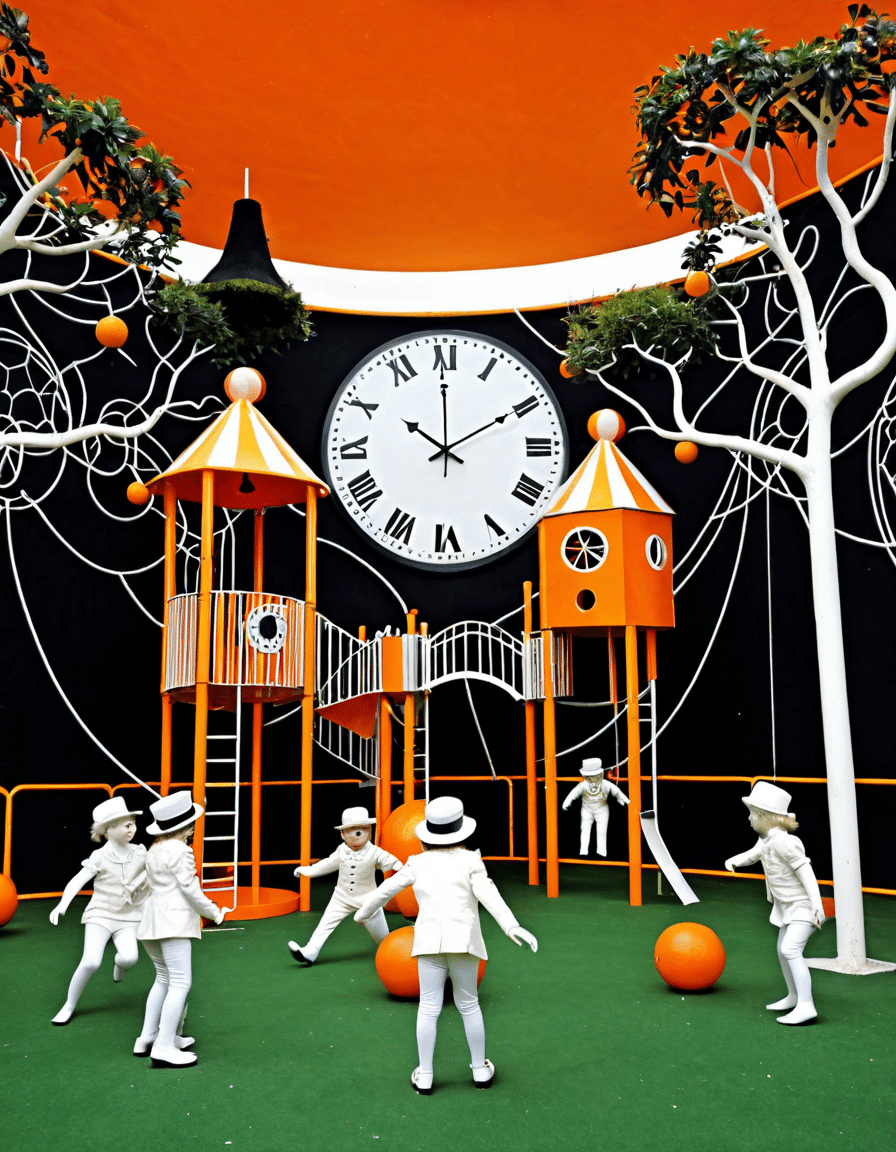
The Enduring Impact of A Clockwork Orange’s Dark Humor
As society continues to grapple with issues still haunting us today, the dark humor in “A Clockwork Orange” remains a compelling part of its allure. The film’s ability to provoke thought, while entertaining us, showcases the power of humor as a tool for societal critique. By exploring the absurdities of violence, conformity, and authority, it challenges not just those inhabiting its fictional universe but also us grappling with similar themes today.
This legendary work, like the whimsical plots of other films, remains an indispensable cultural artifact that offers insight into both Kubrick’s genius and the broader human condition. The legacy of A Clockwork Orange invites ongoing discussions about humor, morality, and the thin line between sanity and insanity in a structured society. So, sit back, maybe grab some milk plus, and prepare for a film experience that’s as reflective as it is entertaining. You might just find yourself laughing while questioning the darkest corners of humanity.
Here’s to the relentless spirit of A Clockwork Orange, a cinematic gem that continues to stir conversation and inspire creativity, year after year.
Clockwork Orange: Delving into Dark Humor and Trivia
The Satirical Genius Behind Clockwork Orange
“Clockwork Orange,” directed by Stanley Kubrick, is more than just a film; it’s an exploration of twisted humor wrapped in a bizarre narrative. This cult classic, which shines a light on the absurdities of society, keeps audiences on their toes while making them chuckle at the most unexpected moments. Did you know this film was inspired by the controversial novel by Anthony Burgess? The novel’s exploration of free will and morality is just as gripping, hinting at themes that are still relevant today, much like the characters from classics like Devil Wears prada who challenge social norms in their own right.
Moreover, the film’s signature aesthetic, complete with catchy classical music paired with shocking scenes, pulls viewers into its chaotic world. This juxtaposition of beauty and brutality is, in many ways, just like how Taliya And Gustavo Leaked could spark conversations that reveal societal truths. It’s fascinating to think how a piece of art can reflect human behavior in such a playful yet piercing manner.
Fun Facts and Cultural Impact
Kubrick’s “Clockwork Orange” was so influential that it inspired an entire generation of filmmakers. One of its most notable fans? None other than filmmaker Quentin Tarantino! Much like how Paladins have become beloved within the gaming community for their quirky takes on classic tropes, Kubrick’s film challenges viewers to embrace their darker sides while questioning moral choices. This duality provokes thought and even laughter, creating a distinctive experience.
The film also sparked debates at the time of its release. Its controversial status led to some screenings being pulled, echoing the ruckus that shows like the Daily Daily show often create with their sharp satire. From its unsettling violence balanced with humor, to the unforgettable performances,Clockwork Orange” remains a conversation starter, much like the way Little Richard kicked off rock and roll, pushing cultural boundaries forward. The film’s legacy cemented its place not just in movie history, but in discussions about the evolution of humor and horror. And just like the gripping anticipation surrounding Winds Of Winter, we continue to ponder the film’s impact and meaning even decades later.
So, whether you’re revisiting “Clockwork Orange” or seeing it for the first time, be prepared for a wild ride through a darkly humorous lens that challenges the very essence of human nature.
